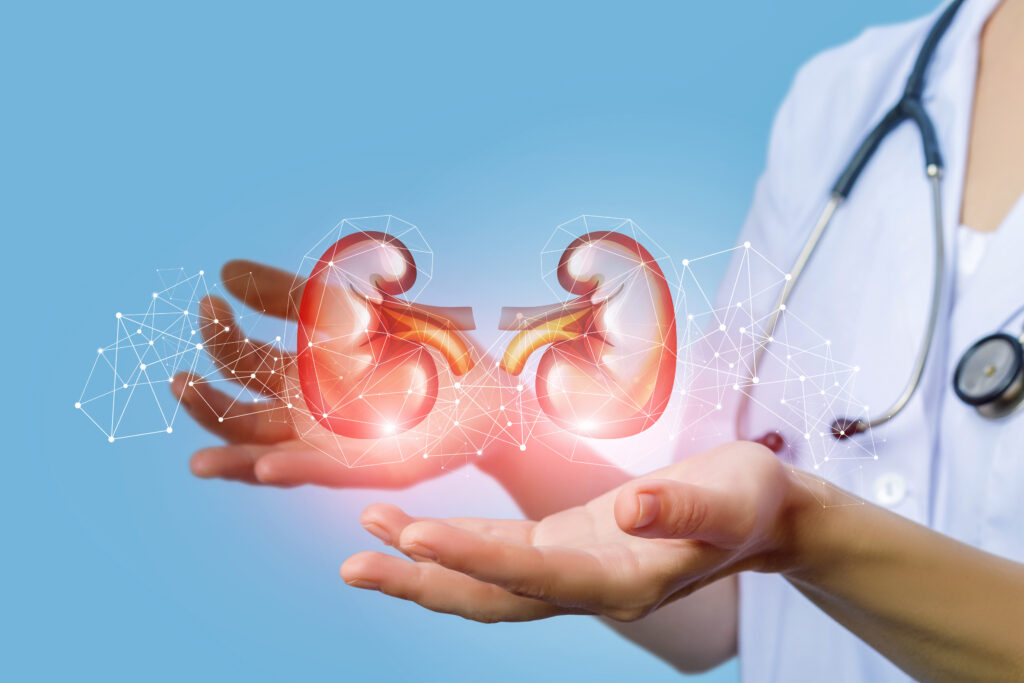
Prize Winners

Winning Solution: Atomically Precise Membranes (APM) for High-Flux and Selective Removal of Blood Toxins
Chemically synthesized, atomically precise membranes that can be as thin as a single molecule that mimic the highly permeable and selective membrane channels present in human cells
Christian Schafmeister, Yihui Xie, and Avner Ronen, Temple University
Contact
About the Solution
The solution addresses the problem of replicating kidney functions by creating chemically synthesized, atomically precise membranes that can be as thin as a single-molecule that mimic the highly permeable and selective membrane channels present in human cells. The current dialysis process relies on polymeric membrane dialyzers whose permeabilities cannot compete with human kidneys that filter 70 liters of plasma daily. Our membranes are created in a radically different way by assembling designed, chemically synthesized channel molecules into two-dimensional dense arrays. The ultimately thin barriers offer an exceptional permeability that will greatly reduce the dialyzer unit size enabling the development of portable/wearable dialysis devices.
We will synthesize these channels using unique “Molecular Lego” approach that our group has developed over the last 15 years. The general chemical structure of our “Lego bricks” resembles natural amino acids but contains an additional pair of amine and carboxyl groups (“buttons” and “holes”) to hold two “bricks” tightly by forming a pair of peptide bonds. This interlocking mechanism allows us to construct protein-like macromolecules with programmable shapes and functionalities by assembling diverse building blocks step-wise. We will use this technology to develop membranes containing rigid “Molecular Lego” channels with atomically precise pore sizes, leading to sharp molecular weight cut-offs that can prevent any albumin loss. We can also tune the hydrophobicity/hydrophilicity of the membrane surfaces and inner walls independently to suppress the fouling of the membranes and promote the removal of protein-bound uremic toxins.
Our ultimate goal is to create a compact multi-stage membrane system that can replicate the function of the proximal tubule to selectively recover small nutrients, salts and water from the filtrate, reformulate, and return to the blood while excluding toxins. This will open the door for renal replacement therapy to personalized/precise medicine beyond simple dialysis.
About the Winner
At Temple University, Christian Schafmeister, PhD is a professor of Chemistry; Avner Ronen, PhD is an Assistant Professor in the Department of Civil and Environmental Engineering; and Yihui Xie, PhD is a Postdoctoral Fellow.

